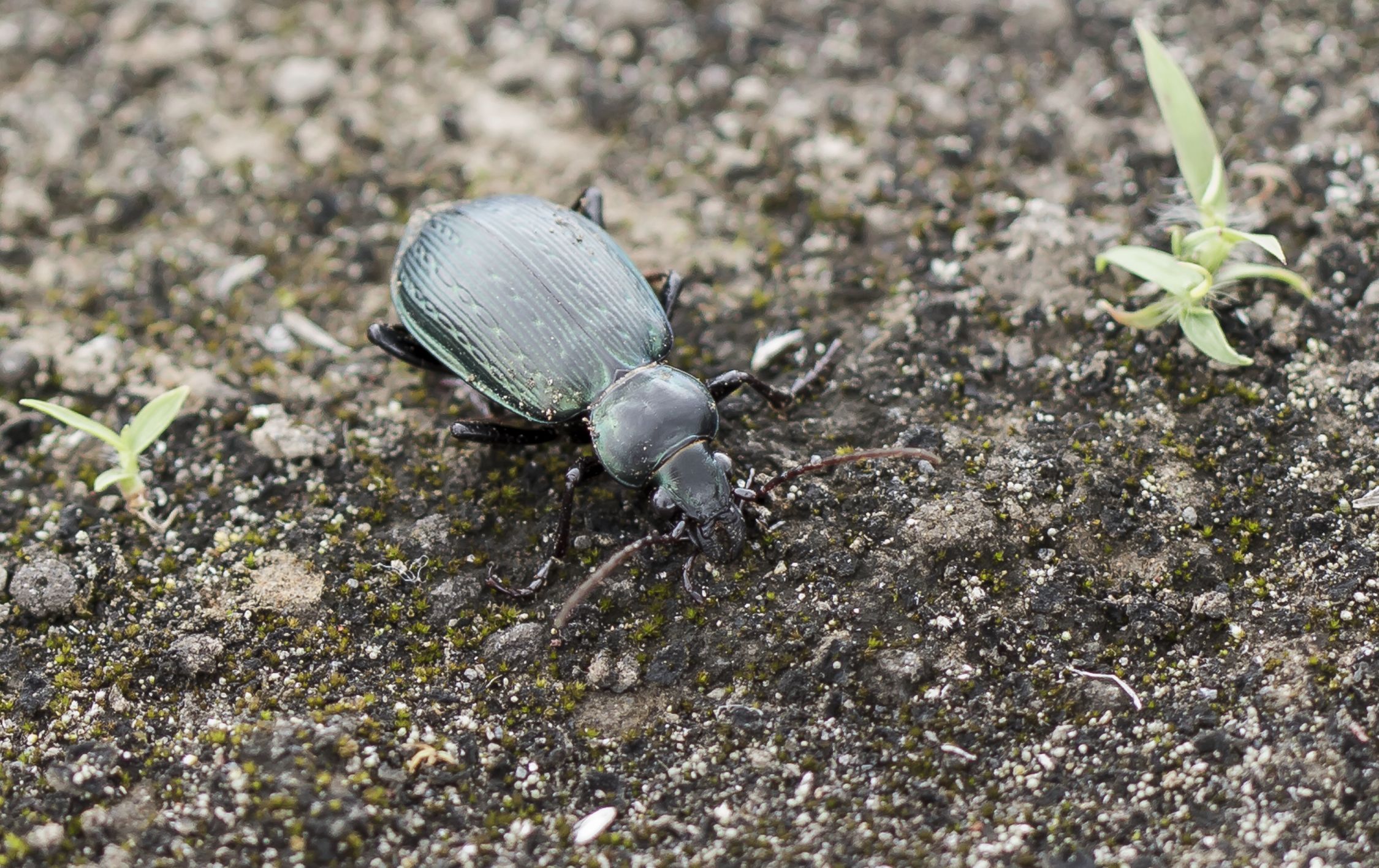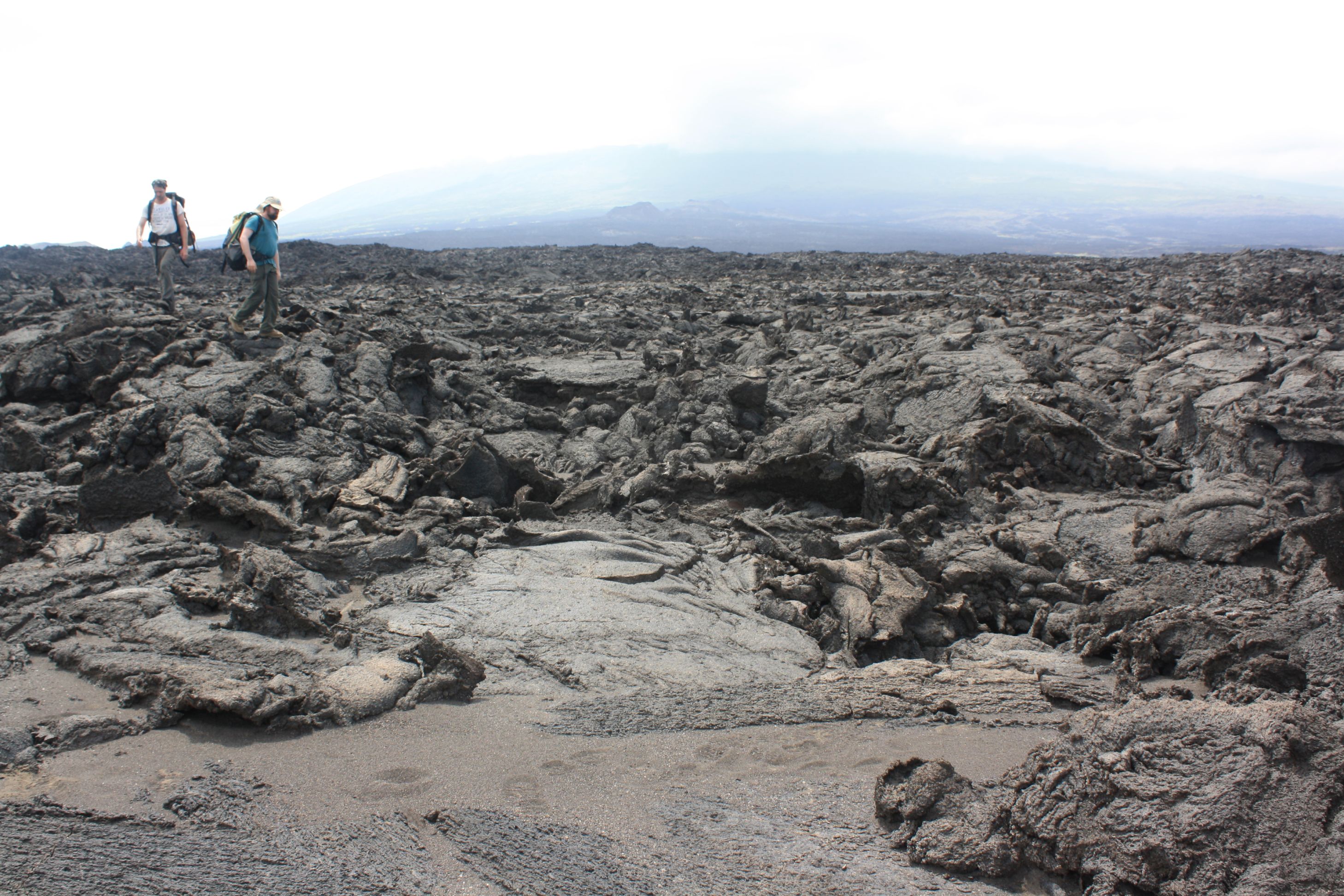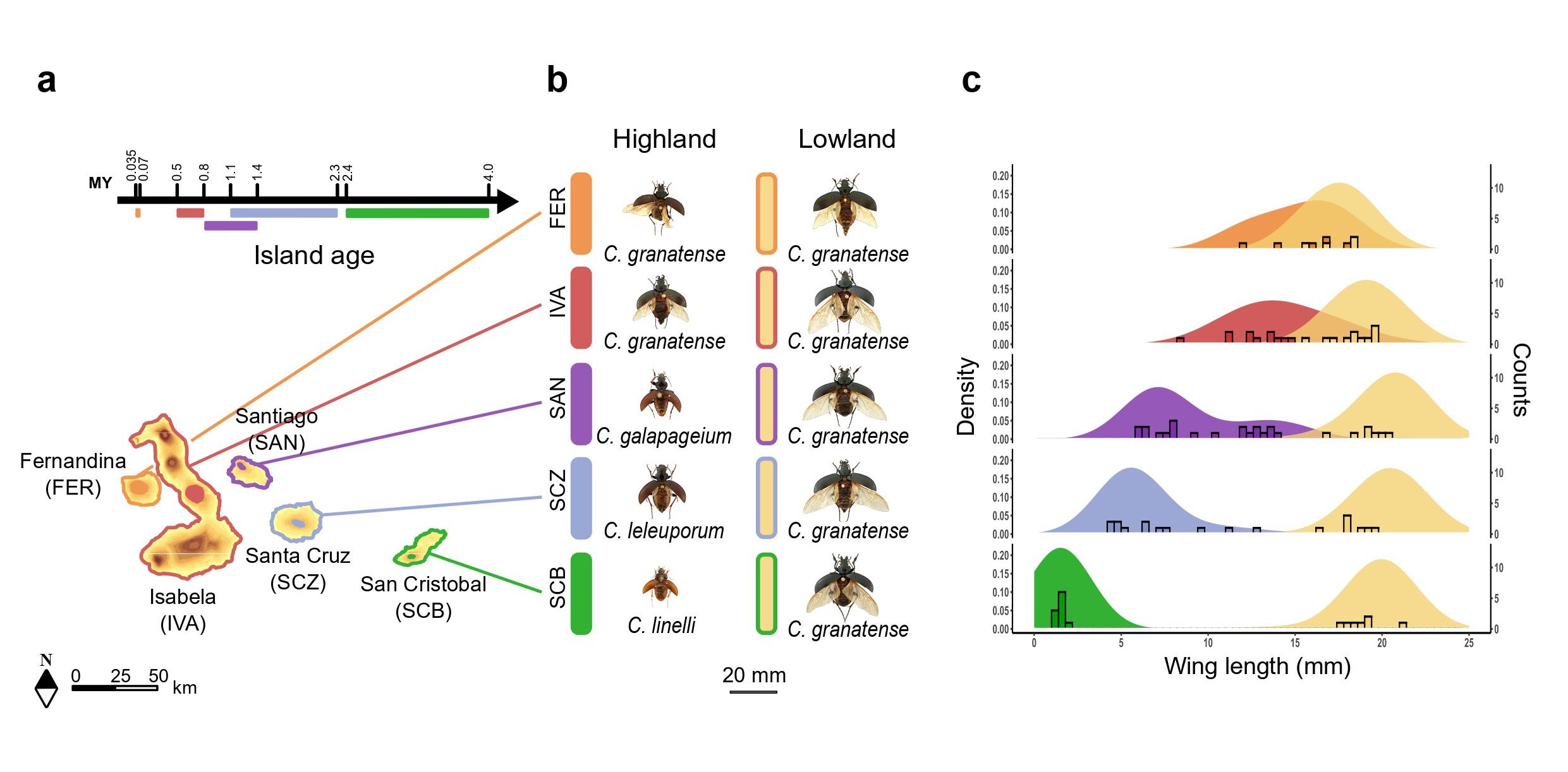Galápagos beetles prove: genetic mix is key to rapid adaptation in a changing world

Beetles on the Galápagos Islands have adapted quickly and repeatedly to higher altitudes thanks to their genetic heritage from ancient evolutionary events, biologists from the Institute of Natural Sciences have discovered. "This mechanism helps us understand how organisms will adapt in our rapidly changing world."
History repeats itself, especially in evolution: organisms can develop the same adaptations in similar environments independently. But such 'parallel evolution' is often less pure than previously thought, conclude evolutionary biologists from our Institute in Science Advances.
They investigated the genetics of Calosoma beetles on the Galápagos. On different islands, you find two types of the beetle. One is adapted to high altitudes with short wings, and the other lives in lowland areas with longer wings. Did the two types migrate from the oldest island to the more recent ones, or did the beetles evolve into these two types multiple times because the environments exerted the same selective pressures?
Evolution in Action
Evolutionary biologists Carl Vangestel, Frederik Hendrickx, and colleagues from the Institute of Natural Sciences collected insects and spiders on the iconic archipelago ten years ago to later glean new insights in the DNA lab. "The Galápagos are incredibly fascinating," says Vangestel. "The islands are volcanic in origin and formed one after the other roughly 500,000 years apart. An ideal setting to investigate how a species evolves as populations colonize new islands and become isolated from the original population." It was such observations that Charles Darwin made 190 years ago when the Beagle docked on the Galápagos Islands. These observations later inspired his theory of evolution.

But today, we have genome analyses that can reveal evolutionary mechanisms in detail. How did the Calosoma beetles repeatedly evolve into the same two types on the different islands: a highland type and a lowland type? "The genetic variants of all Calosoma beetles can be traced back to a single adaptation that occurred on the oldest island. Both types then colonized the younger islands separately." Darwin noted in The Voyage of the Beagle that these beetles could easily spread. He saw a Calosoma beetle land on the deck when they were sailing far off the coast.
Good Mix
But the story is more complex than just migration. "On the younger islands, both types mixed. This resulted in populations with a genetic heritage containing a mix of both types." Beetles with this mixture eventually colonized the youngest islands. Due to the high proportion of genetic highland variants, the highland type could be quickly reassembled. The adaptation likely occurred within a few millennia, thanks to the genetic mixing from long ago. "The full set of genes needed to adapt to the highlands was already widely present in the population and just needed to be reassembled in the highlands," says Vangestel.
The study shows that species can adapt particularly quickly, but only if they have the right genetic variants formed in the distant past.
